Fleabag: "Season 1, Episode 1" and "Season 1, Episode 2"

(This is the first installment of my weekly recaps of Fleabag, the Prime Video series that aired two seasons in 2016 and 2019. I love the show, and I wrote these reviews in 2020 when exploring the idea of doing a paid version of the newsletter. As such, they don't have all our regular features, but I hope you enjoy them anyway. These recaps are only available to paid subscribers, except for this premiere write-up.)
"Season 1, Episode 1"
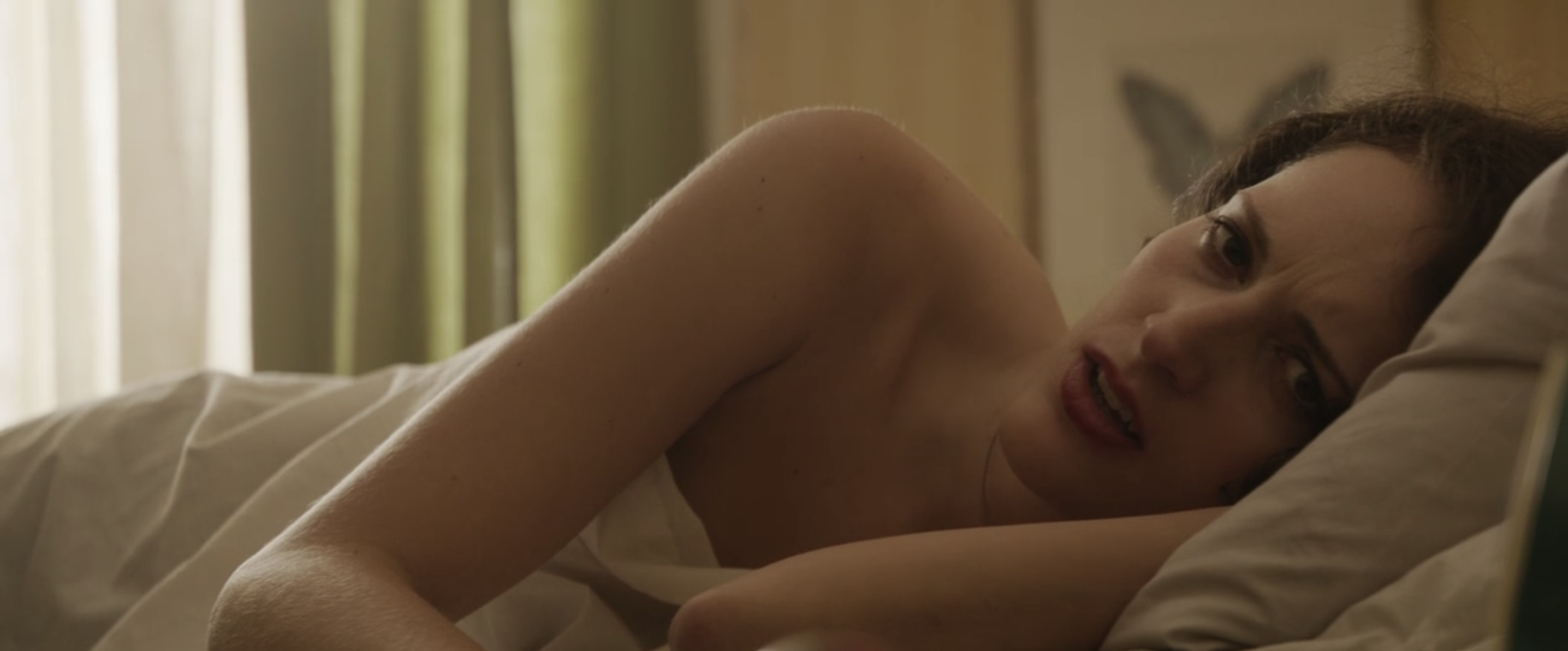
Fleabag is a show about boundaries.
It begins by dismantling the primary boundary in fiction – that between the characters and the audience. Fleabag (played by series creator Phoebe Waller-Bridge) can see us somehow, and she acknowledges us early and often, filling us in on minor details or just letting us know how she’s really feeling about a situation with a sidelong glance. This is the sort of device that could feel horribly unnecessary if not performed brilliantly, so it helps that Waller-Bridge is playing the part.
But the dissolution of the fourth wall is perhaps the smallest boundary Fleabag breaks in this episode. When, for instance, Fleabag asks us, point blank, if she has a gigantic arsehole, we begin to realize that she simply has ceased to think of herself as a person and has become a collection of emotional reactions to things. It’s not immediately clear she wants to have anal sex with this man, but she doesn’t say anything when he starts to trend in that general direction. And what’s more, she goes out of her way to be ready to accommodate him when he wants a booty call.
Fleabag is a show about boundaries, but it’s also about how Fleabag doesn’t have them, and it’s more broadly about the ways that even women who put up prickly exteriors are ultimately made to feel like those exteriors are only suggestions. But this isn’t really true. It’s just what Fleabag has internalized, because she won’t stop punishing herself for reasons the season will slowly reveal. (Even when you think you’ve figured out what’s got her reeling, there’s more to go.)
So Fleabag rebels in small, petty ways. She steals her godmother’s sculpture. She yells at a man she considers pity-fucking after he declines to pity-fuck her. She needles her sister and father. She remembers a dead friend, then seems to see her everywhere, as if the boundaries between life and death have come down, too.
My friend, the great critic Grace Robertson, has said that she hates this series because this first episode almost immediately made her feel not like a human being. I don’t agree with Grace (obviously), but she has a point. Fleabag has ceased to think of herself as a person, so she reduces everybody around her to a handful of obvious physical traits. The man on the bus is even dubbed in the script “Rodent Man,” a cruelty that suggests Waller-Bridge shares the point-of-view of her main character.
But I think this works because Fleabag’s cruelty is most extended to Fleabag. She is the person she hates most, and the more she works to make her life better, the more she’s forced to confront the ways she’s isolated and hurt everybody in her life. She’s an untreated wound, and untreated wounds infect everything around them. Her lack of boundaries is spreading too.
The first season of Fleabag isn’t as broadly approachable as its second (which became an international sensation). It’s altogether darker and harder to approach, because Fleabag is dark and hard to approach at this point in her life. But it lays down the groundwork for where the show will go in the 11 episodes that follow. Fleabag has to rebuild what remains of her life and figure out what will make her whole again. Everything that follows is that work. This is ground zero.
"Season 1, Episode 2"
I haven’t rewatched the first season of Fleabag since it first dropped in 2016. At the time, its shaggy sense of self felt like exactly what I wanted. Now, even though I still love it (and even though I feel like it’s a stronger season of TV than the second in some ways), I can see just why it was a critical hit while season two was such a phenomenon.
The chief thing that Fleabag does in season one that keeps an audience at arm’s length is how it structures its story. Though it follows a lot of the typical beats of a TV sitcom, its core structure is that of a mystery. We know something horrible happened to Boo. We know some of the specifics. We don’t know exactly how all of this relates to Fleabag’s current situation.
What’s more, every episode of the show is centered on a different part of this mystery. In this episode, we find out what happened between Fleabag and her ex-boyfriend, Harry. Except we don’t, not really. We find out why the two split up, and we see the moment when their relationship seems like it can neve be salvaged. But we don’t have a real sense of what drew them together in the first place. Fleabag pulling on a mask and threatening him in the shower with a knife is the sort of playful prank she seems to find hilarious, but it does almost seem like he’s had a heart attack when he sinks to the shower floor. (Hugh Skinner is wonderful as the guy who seems so good that it’s hard to imagine Fleabag and he would ever have been drawn to each other.)
What I find interesting about Fleabag – and Fleabag – is that she’s a reliable narrator but an unreliable storyteller. The things she tells us really happened. The show is not meaningfully changed by the fact that she is the person telling us this story, and the events that happen in the “present” are shown to us almost exactly as they happened (so far as we know). But she leaves out big pieces of the story from the past, because she’s running from something. The story with Harry is a good early example of this. When we finally see the two interact in the present, it’s weird and sad and it feels like a decaying ritual playing itself out for the last time.
But her unreliable storytelling extends to the present, too, at least a little bit. New tiny details keep dropping in, like when we meet Fleabag’s guinea pig (who’s actually Boo’s guinea pig), and those tiny details keep forcing Fleabag to confront whatever she’s hiding from. And then there’s Claire.
If there’s a relationship here that actually seems like it has a pulse, it’s between Fleabag and Claire. It’s this episode that reveals their sisterhood as the core of the show. The scenes between Phoebe Waller-Bridge and Sian Clifford – longtime friends who have the kind of chemistry that relationship affords – suggest that Fleabag has bruised Claire as badly as she has everybody else but also that Claire hasn’t given up on her sister just yet. Fleabag, at first blush, seems like she might be worth giving up on, but Claire knows the biggest secret of all: That’s just what Fleabag wants you to think.
Next time: We dig deeper into what makes Fleabag tick as we pass the halfway point of season one. Gosh, these seasons are short!

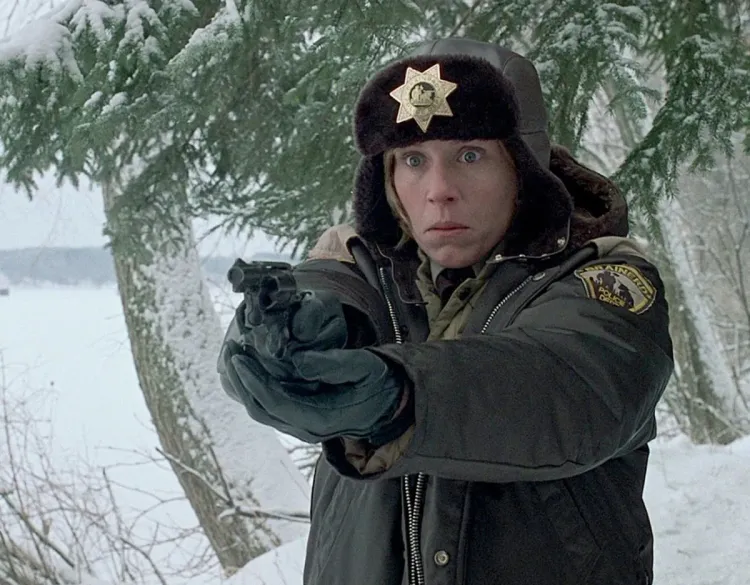
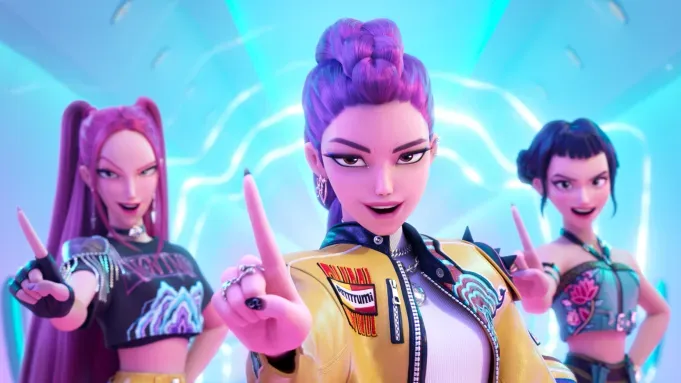
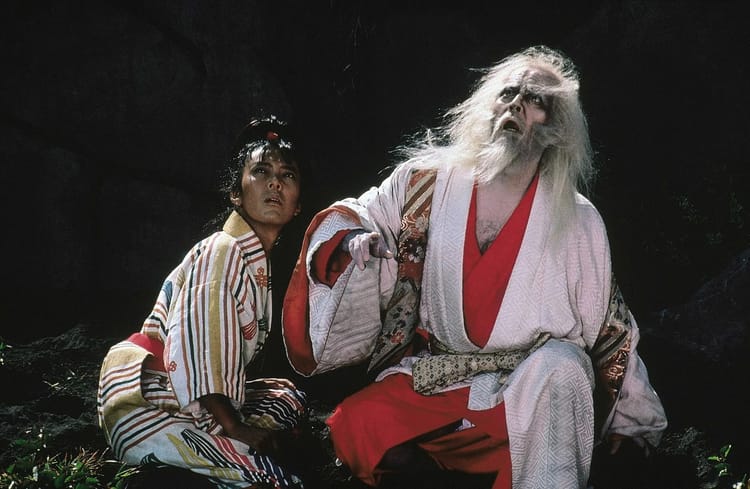
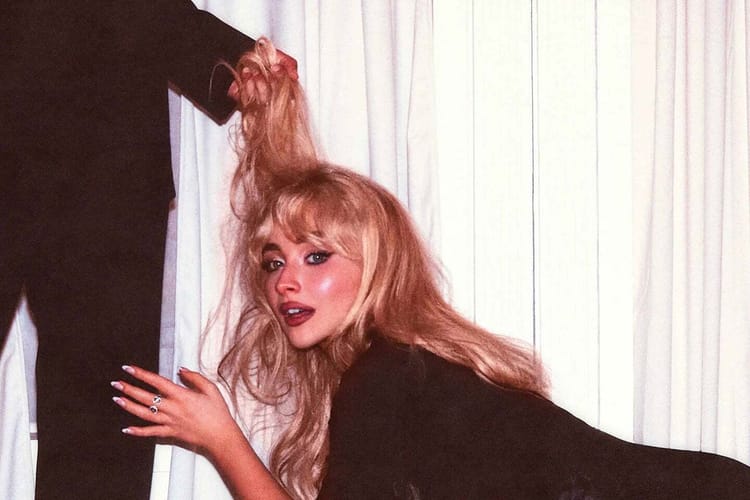
Member discussion